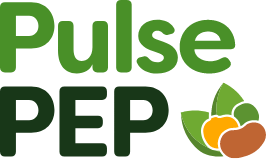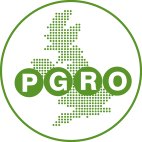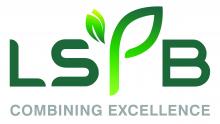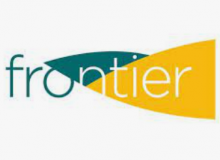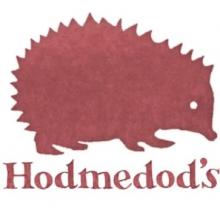See the PGRO Online Pulse Agronomy Guide for useful info on growing field beans.
Field beans (Vicia faba) are used for inclusion in animal feed, aquaculture, export for human consumption and for pigeon feed. Suitable winter and spring varieties are available for these uses.
Beans provide a useful break to reduce cereal pests and diseases and an opportunity to control grass weeds in an arable rotation. In wet years and on heavy soils, beans perform better than peas. Beans also suffer less from pigeon damage, they are easier to combine, and growing costs can sometimes be lower.
Beans, however, are harvested later than peas, and time of harvest is very dependent on seasonal weather in the August/September period.
Winter beans do not have a vernalisation requirement, although they are more winter hardy than spring types. In moisture-retentive and fertile fields that produce tall, lush crops short-strawed varieties could be an asset. Ascochyta is most likely to be a problem in wet conditions and varieties with good resistance are available.
Beans are classified as winter and spring beans and are further classified by pale or black hilum colour or tic. Some pale hilum type have low levels of anti-nutritinal compound Vicine and Convicine (LVC types).
- Winter beans are generally large-seeded with a thousand seed weight normally above 530 grams. Spring varieties are generally smaller seeded. Tic bean varieties have small, rounded seeds, which may be suitable for the pigeon trade.
- Pale hilum spring beans for export for human consumption and small-seeded beans for the pigeon trade attract a premium.
- Downy mildew can cause yield loss in some seasons, but varieties with good resistance are available. Early maturing spring beans can mature before winter beans.
- Early maturing beans have enabled the crop to be grown in Northern Britain.
Quality standards for export to the Middle East for human consumption are high. Varieties with a smooth and pale skin and pale hilum are suitable for this market. It is important that samples are clean, sound and have low levels of bruchid beetle damage.

